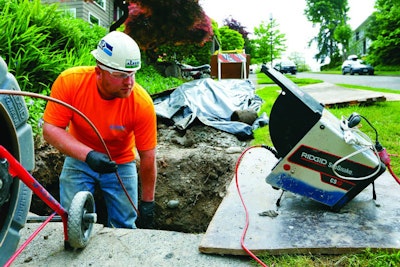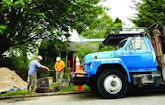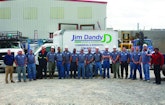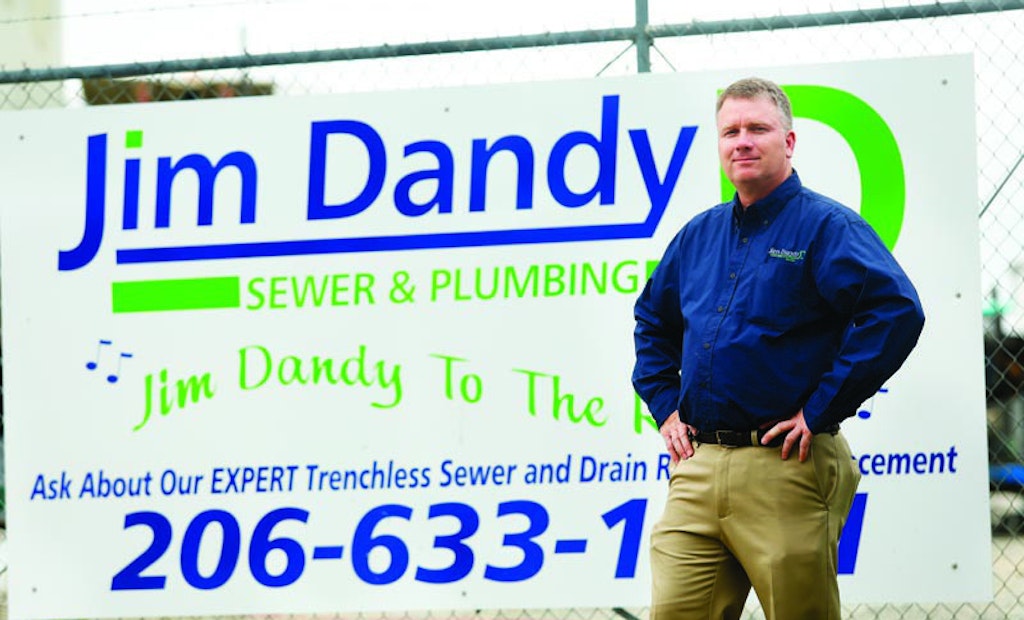Scott Spencer didn’t have to look far when he set out to purchase a plumbing business. He had been the general manager of Roto-Rooter in the Seattle area for 12 years and knew that long-standing Jim Dandy Sewer & Plumbing was for sale. The challenge was modernizing and...
Seattle drain cleaner upgrades technology and breathes new life into iconic business
New owner expands hours and services, upgrades technology and breathes new life into an iconic century-old Seattle business.
Popular Stories
Discussion
Comments on this site are submitted by users and are not endorsed by nor do they reflect the views or opinions of COLE Publishing, Inc. Comments are moderated before being posted.











